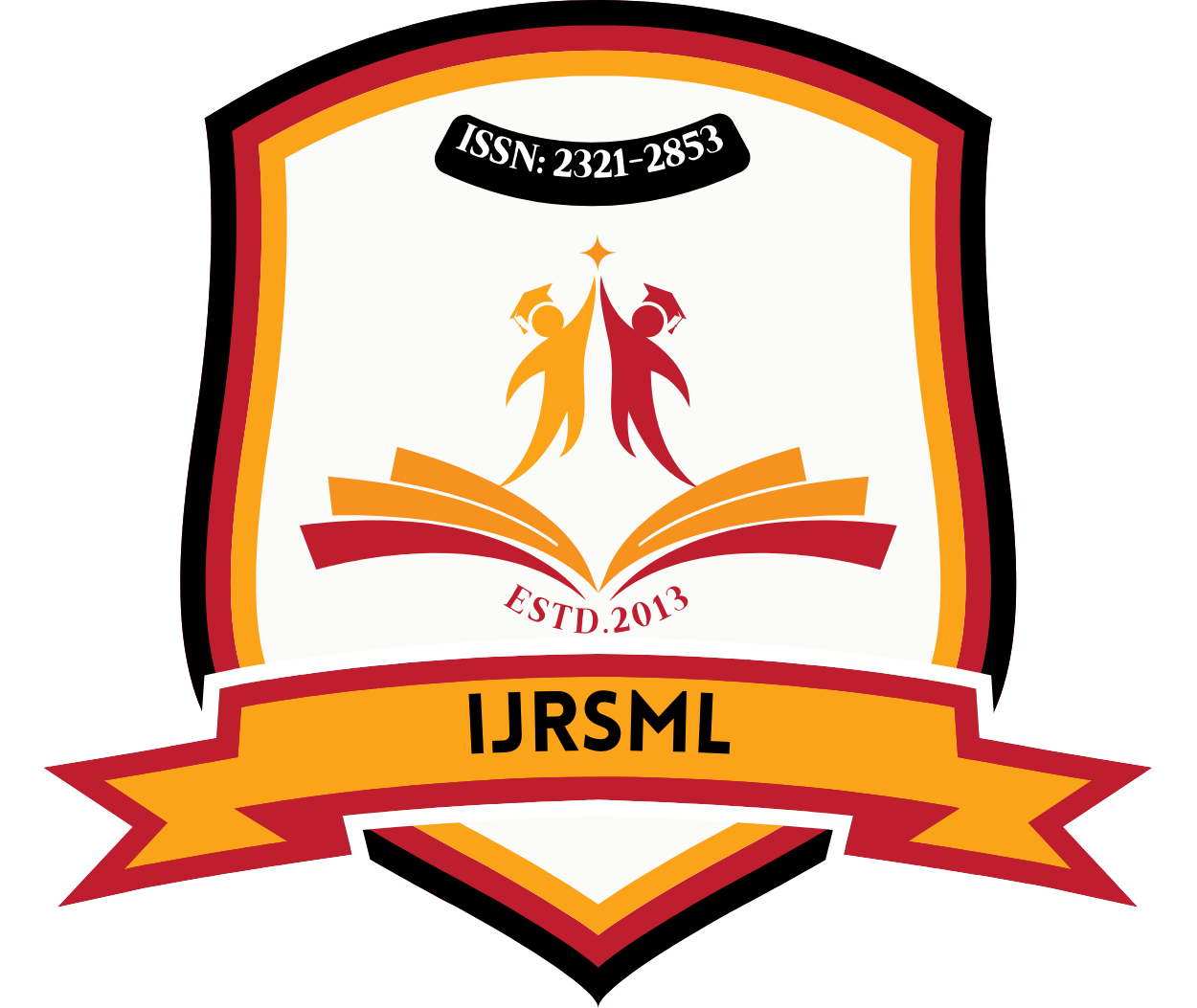![]()
Published Paper PDF: Download PDF
DOI: https://doi.org/10.63345/ijrsml.v13.i8.3
Dr. Saurabh Solanki
Aviktechnosoft Private Limited
Govind Nagar Mathura, UP, India, PIn-281001,
saurabh@aviktechnosoft.com
Abstract
Gamification in education has emerged as a potent strategy to enhance engagement, motivation, and learning outcomes. This study investigates the comparative effects of gamified language-learning interventions on two learner cohorts: Hindi learners (n = 150) and English learners (n = 150) at the secondary‑school level in India. Utilizing a pretest–posttest control‑group design, participants engaged with a mobile‑based gamified app over eight weeks, incorporating point systems, badges, leaderboards, and narrative quests aligned with curriculum goals. Quantitative metrics (vocabulary acquisition scores, grammar test improvements, retention rates) and qualitative feedback (learner motivation, perceived enjoyment) were analyzed. Results indicate significant gains in both cohorts, with English learners exhibiting a 28% mean score increase and Hindi learners a 24% increase (p < .001). Motivation surveys revealed higher intrinsic motivation among English learners (M = 4.2/5) compared to Hindi learners (M = 3.8/5), though retention rates were comparable (85% vs. 82%). Key factors influencing efficacy included cultural relevance of game themes, language complexity, and prior digital literacy.
Building on these findings, the present research delves deeper into the nuanced ways gamification interacts with learners’ sociocultural backgrounds, cognitive load, and self‑regulated learning strategies. A mixed‑methods lens uncovered that narrative quests contextualized within familiar festivals and daily life scenarios significantly bolstered engagement for Hindi learners, while English learners reported enhanced confidence when quests simulated real‑world tasks such as composing emails or participating in virtual travel simulations. Furthermore, qualitative interviews highlighted that adaptive feedback loops—whereby tasks dynamically adjusted to individual performance—were instrumental in sustaining challenge without inducing frustration. Importantly, the study also identifies potential drawbacks, including novelty effects that plateau after initial weeks and technical glitches in script rendering that, if unaddressed, could undermine learner trust.
Overall, this research contributes empirical evidence on gamification’s differential impacts across language contexts, illustrating how design elements must be tailored to linguistic scripts, cultural narratives, and learner autonomy preferences. The insights offer actionable guidance for educators, app developers, and policymakers aiming to leverage gamified tools for multilingual education, ensuring both equity in access and excellence in learning outcomes.
Keywords
Gamification; language learning; Hindi learners; English learners; motivation; mobile learning; educational technology
References
- https://www.researchgate.net/publication/263340214/figure/fig2/AS:537795598589953@1505231870511/Flow-chart-of-the-two-tier-test-based-game-based-learning-approach.png
- https://www.researchgate.net/publication/356542281/figure/fig1/AS:11431281106599478@1670798665168/Flowchart-mobile-learning.ppm
- Braun, V., & Clarke, V. (2006). Using thematic analysis in psychology. Qualitative Research in Psychology, 3(2), 77–101.
- Csikszentmihalyi, M. (1990). Flow: The psychology of optimal experience. Harper & Row.
- Deci, E. L., & Ryan, R. M. (1985). Intrinsic motivation and self‑determination in human behavior. Plenum.
- Deterding, S., Dixon, D., Khaled, R., & Nacke, L. (2011). From game design elements to gamefulness: Defining “gamification.” In Proceedings of the 15th International Academic MindTrek Conference (pp. 9–15). ACM.
- Gardner, R. C., & Lambert, W. E. (1972). Attitudes and motivation in second‑language learning. Newbury House.
- Hamari, J., Koivisto, J., & Sarsa, H. (2014). Does gamification work? — A literature review of empirical studies on gamification. International Journal of Human–Computer Studies, 74, 14–31.
- Huang, W. H.-Y., & Soman, D. (2013). A practitioner’s guide to gamification of education. University of Toronto.
- Kachru, B. B. (2005). Asian Englishes beyond the canon. World Englishes, 24(1), 27–42.
- Kapp, K. M. (2012). The gamification of learning and instruction: Game‑based methods and strategies for training and education. Pfeiffer.
- Liu, M., Navarrete, C. C., & Wivagg, J. (2019). Effects of cultural adaptation on gamified mobile apps for language learning. Computer Assisted Language Learning, 32(5–6), 601–621.
- Loewen, S., Isbell, D. R., & Sporn, Z. (2019). Gamification in second language instruction: Current trends and future directions. TESOL Quarterly, 53(1), 26–46.
- Pachler, N., & Bachmair, B. (2010). Learning to learn in the mobile age: A critical analysis of the mobile learning literature. MERLOT Journal of Online Learning and Teaching, 6(2), 269–289.
- Punia, B., & Sadarangani, K. (2021). Vernacular EdTech: Challenges and prospects in India. Education and Information Technologies, 26(3), 3041–3060.
- Sajitha, P., & Kumar, K. S. (2020). Smartphone penetration and digital learning among Indian secondary-school students. International Journal of Digital Education, 5(2), 145–160.
- Skinner, B. F. (1953). Science and human behavior. Macmillan.
- Subhash, S., & Cudney, E. A. (2018). Gamified learning in higher education: A systematic review of the literature. Australasian Journal of Educational Technology, 34(5), 78–95.
- Sykes, J., & Reinhardt, J. (2013). Language at play: Digital games in second and foreign language teaching and learning. Pearson.
- Werbach, K., & Hunter, D. (2012). For the win: How game thinking can revolutionize your business. Wharton Digital Press.
- Zainuddin, N., & Attaran, M. (2016). Students’ perceptions and performance in a gamified flipped classroom. The Internet and Higher Education, 31, 37–50.
- Zhang, P. (2018). Gamification and user engagement in educational apps: A meta‑analysis. Computers in Human Behavior, 87, 111–125.
